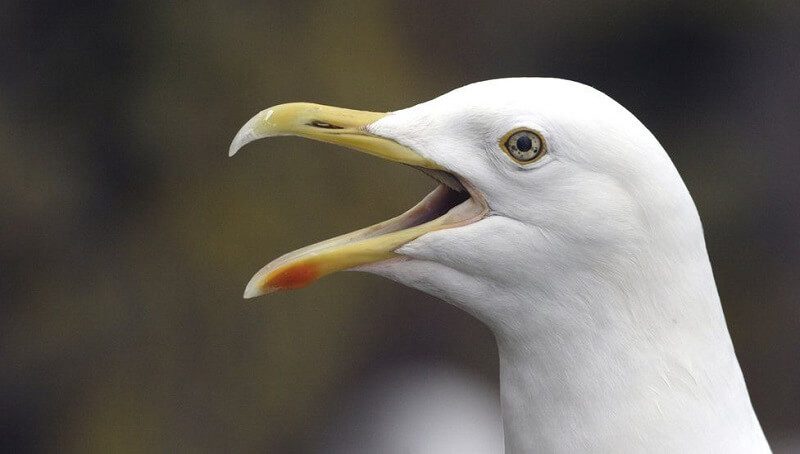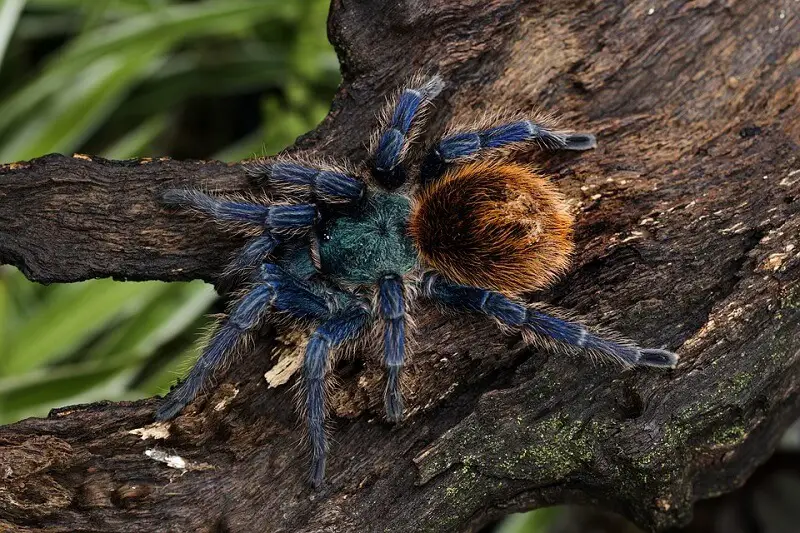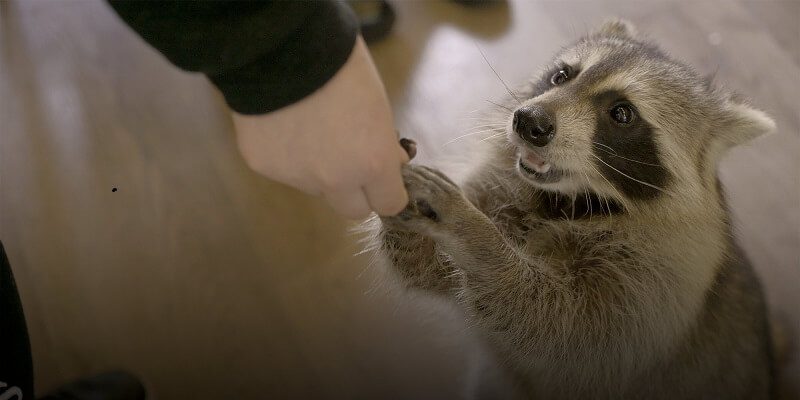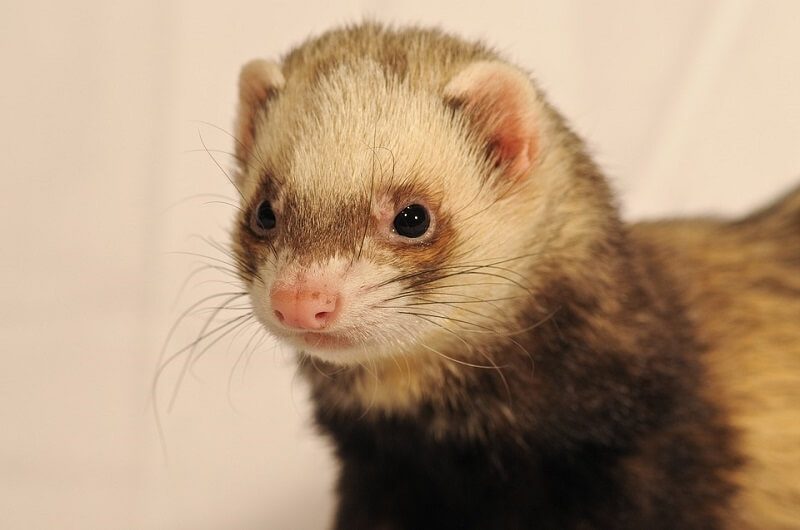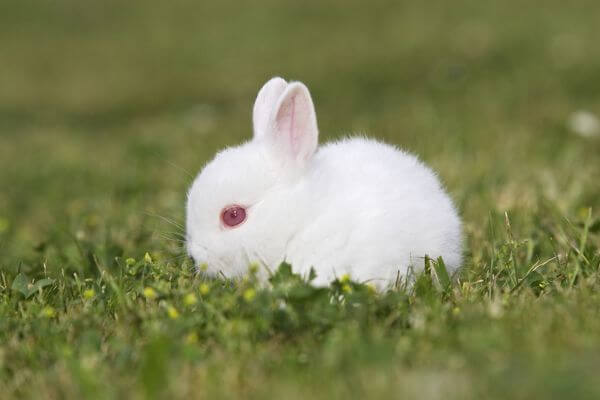The seagull is a very popular and known bird species both in America and Europe. It belongs to the family of Laridae birds, the order of the Charadriiformes. This type of bird has settled around the world in many places, except in deserts, rainforests, and certain islands in the Pacific and Antarctic.
The seagull is a carnivorous bird that feeds directly from the sea or will search through the debris. Food often includes crabs and small fish. Many species of seagulls have learned to live with humans and have thrived in human environments. Some other species of seagulls have begun to steal prey from others in order to survive.
Most seagulls build their nests on the roof of tall buildings, the main reason being the availability of food, from the people who feed them and from the garbage.
Reasons Why Seagulls Make Good Pets
Intelligence
The larger species of seagull, in particular, are highly intelligent birds, demonstrating complicated methods of communication and a highly developed social structure. Some species have demonstrated behavior in which they used tools.
They are very smart birds. They learn, remember, and even transmit behaviors, such as stumping their feet in a group to mimic precipitation and trick worms from the ground into coming out.
Hybridization between species of seagulls occurs frequently, and the degree of variance depends on the species involved, including their intelligence.
Seagulls Can Remember You
Gulls can recognize human faces. Researchers found that seagulls are able to identify and remember individual people, especially those who feed or interact with them in some other way.
Seagulls Are Social
Seagulls are very social birds, they like to be in a group and are generally located on the seaside, lakes, or beaches. They take care of each other by warning each other when there is a danger and also if there is food in the nearness.
You might also like my articles on whether you can keep a mongoose, marble fox, or red panda as a pet.
These birds have a very close communication relationship, which is manifested mainly in their attitudes, callings, and movements. Everything is related between them, like the interaction between them, the choice of partner, and the protection of the territory. They are birds with an exceptional organization.
An exceptionally inquisitive reality about seagulls is that when they are four years old, the older ones expel them from the group so that they become independent. Until then, they already know how to get their food, yet when expelled, they feel compelled to look for different areas away from their initial gathering, looking for new horizons.
Reasons Why Seagulls Don’t Make Good Pets
Seagulls Are Not as Friendly
No matter how beautiful and calm they seem flying over the waters looking for their prey, seagulls can be very aggressive. They attack anyone approaching their nest, and there have also been reports of gulls attacking people to take food out of their hands.
They become much more aggressive in trying to protect their recently-flown chicks.
Pest control experts warn that gulls could act “extremely aggressively” as they enter the nesting season, but also warn people about their infectious excrement.
Seagulls Are Messy
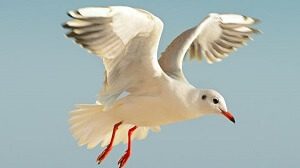 An urgent warning has been issued to let people know that gulls are behaving extremely aggressively at nesting time and that they can spread dangerous infections.
An urgent warning has been issued to let people know that gulls are behaving extremely aggressively at nesting time and that they can spread dangerous infections.
If this is not bad enough, they also raise the issue of potentially toxic seagull excrement. This could be an even bigger problem, as birds can confuse tall buildings with the tops of the cliffs, and their droppings can reach the people below.
People need to be careful about their droppings because they can spread diseases like E. coli and Salmonella.
This can happen by contaminating surfaces, inhaling bacteria from dry droppings, or even transferring them by mites of birds that bite humans.
Seagulls are Noisy
The noise made by a seagull is difficult to transmit without a doubt. It may resemble laughter, panting, the screams of an angry cat, and the distant raven. As they say, seagulls are energetic and very strong birds, and the fact is they never remain silent.
Seagulls Are Protected Animals
Gulls are common in the United States, but they have legal protection because they are migratory birds. Seagulls are birds protected under the Migratory Birds Treaty Act of 1918. The purpose of this act is to protect the birds from extinction.
Seagulls are protected under the Federal Migratory Bird Treaty Act, which makes it illegal at any time, by any means, or in any way, the pursuit, hunting, taking, capturing, or hurting of these birds.
Interesting facts about seagulls
- They are very caring and careful birds with their young. Both males and females take turns when it comes to hatching eggs, feeding, and protecting their offspring.
- They will eat or try to eat almost anything. This explains why they can be found in all parts of the world.
- The gull can live for many years, 40 in captivity and 20 in the wild.
- Seagulls can learn, remember and transmit behaviors. They are able to mimic the fall of rain on the ground to cause the earthworms to surface.
- They are land birds, although their feet can make them look clumsy when walking.
- They have a tiny claw on their feet to prevent them from falling when they are on narrow surfaces.
- Gulls can drink salt water because they have a pair of glands near the eyes designed to remove salt from the ingested water.
- Young birds will be supervised by several mature males. They will play, fight and teach them the tricks necessary to survive. They will stay with the older birds until they are able to mate or until they are banished.
- They have a much better vision than yours and mine and are among the few birds that can move their eyes in orbit.
- The seagull used to live on rocks near the water, but they began to get used to city life, especially because food is more available.
